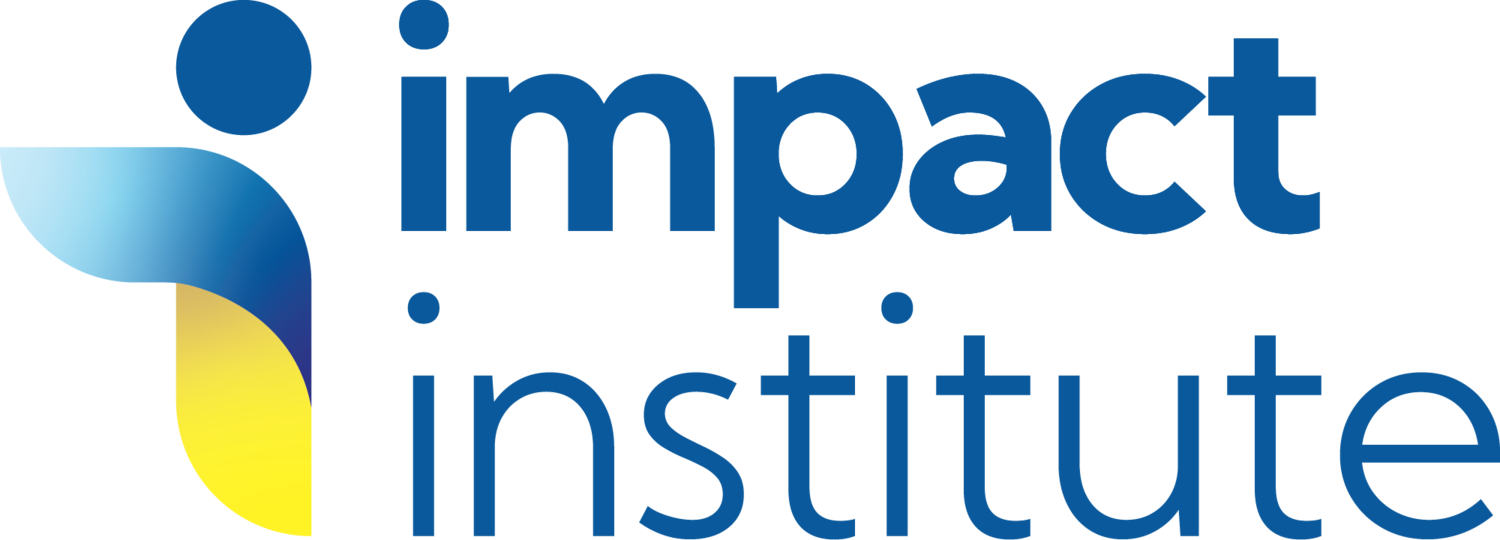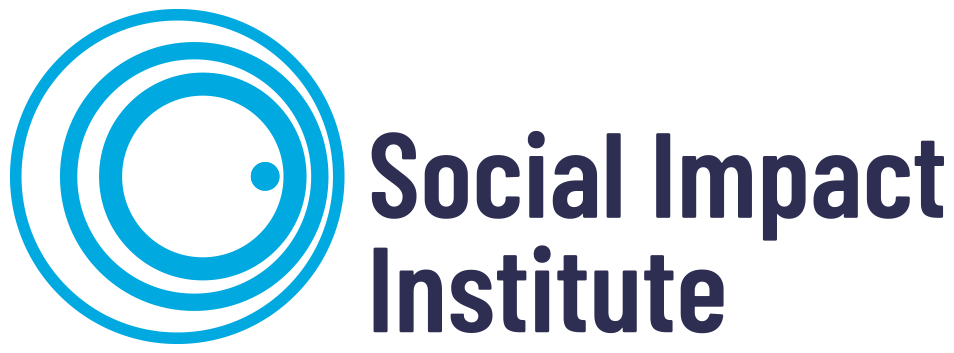Importance of Data in your Social Impact Framework
What does your organisation’s data plan look like? It’s a question guaranteed to make many in the charity sector squirm: research by QUT for the Department of Social Services reveals nearly half of Australia’s not-for-profit organisations do not have a data plan.
Of course, this doesn’t mean they don’t have data; for most organisations, data is the lifeblood that drives everything from grant applications to annual reports.
“Data-based decisions are part of the DNA for schools,” said Dr Jean Carter, Executive Director at Adventist Schools. “Data informs all of our major decisions and without it you often don’t get the whole picture.”
Developing a data plan is the key to turning your data from a challenge that threatens to overwhelm, or is difficult to harness, into a reliable collection of information that underpins effective decision-making and keeps the organisation focused on key goals.
Defining your Social Impact with Data
In the not-for-profit sector, a Social Impact Framework has become a key tool for focusing efforts to deliver measurable and desirable outcomes and long term sustained change, or impact. Since the 1970s, the Social Impact Framework has been gradually adopted by a wide range of organisations, from the World Bank to the Australian Human Rights Commission and aged-care and disability providers. More recently, social sector organisations are expected to measure impact.
By measuring social impact, organisations can gather information to:
- inform strategic decisions
- provide focus for ongoing planning
- qualify reporting and monitoring
- provide to funding providers, clients and donors.
The basis of an effective Social Impact Framework is reliable and relevant data that is then combined in a meaningful way to convey useful information.
That’s where a data plan comes in. From a project’s conception to wrap up, your plan can be used to define what data you need, from who and where you will get it, how and when you need to collect it, where you are going to put it, and what you’ll do with it.
Your data plan should take into account both internal data and the vast and useful data that surrounds your organisation. You can use external data to benchmark your programs and services against those offered by similar organisations in Australia and other parts of the world.
Pulling Together a DataView of the World
Getting a data-based world view involves conducting thorough research and data analysis, conducting an environment scan (which includes looking at partner organisations and the competitive landscape), diagnosing issues and identifying opportunities.
“The more we’ve trusted the data and followed that, the more sustainable and sounder the decisions we’ve made,” Dr Carter said.
Using Social Impact Institute’s powerful geographical map-based data-analysis platform, DataView, this information can be presented in a meaningful and compelling way. It allows you to synthesise a range of data quickly and effectively.
DataView allows you to:
- focus information on an underlying geographic map layer, then define the catchment areas
- visualise and layer relevant data points from datasets including ABS – from population to income, ethnicity, disability and more
- visualise and overlay your organisation’s information onto data points – facilities, client/donors/supporter locations, venues etc.
DataView can inform a marketing plan, map potential clients of aged care and the National Disability Insurance Scheme providers, enable better decision making around resource allocation and much more. It is an effective and comprehensive tool to add to any not-for-profit data plan to make sure your organisation maximises its social impact.
Interested to know more about how our data-led strategies can improve your organisation’s outcomes? Contact us today to start the conversation - 1800 822 763
Share this page


